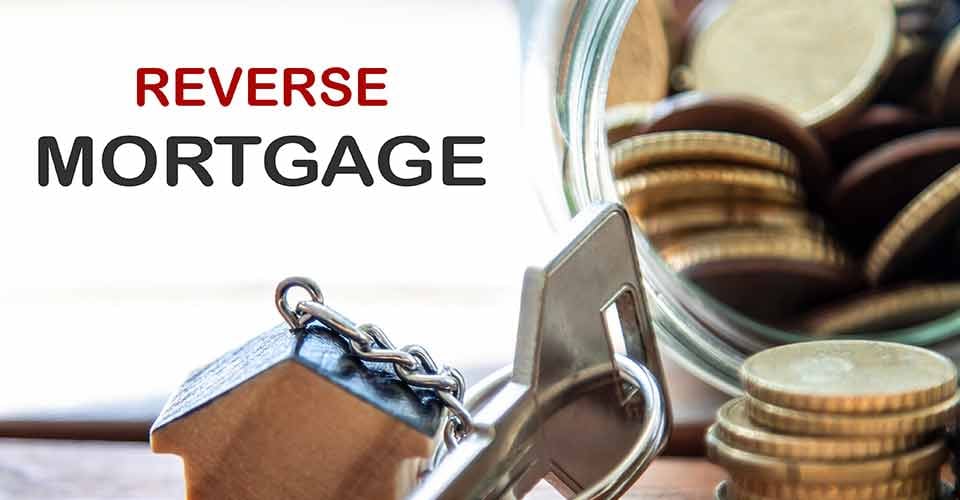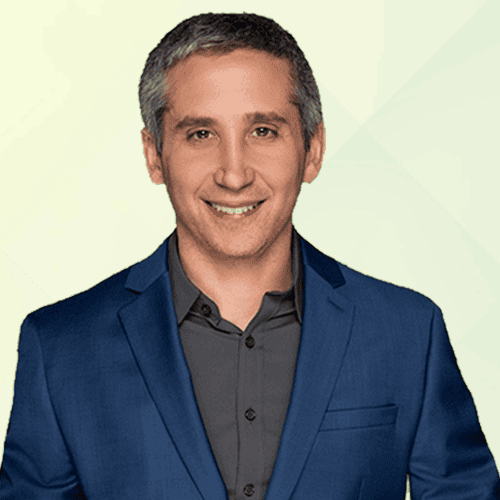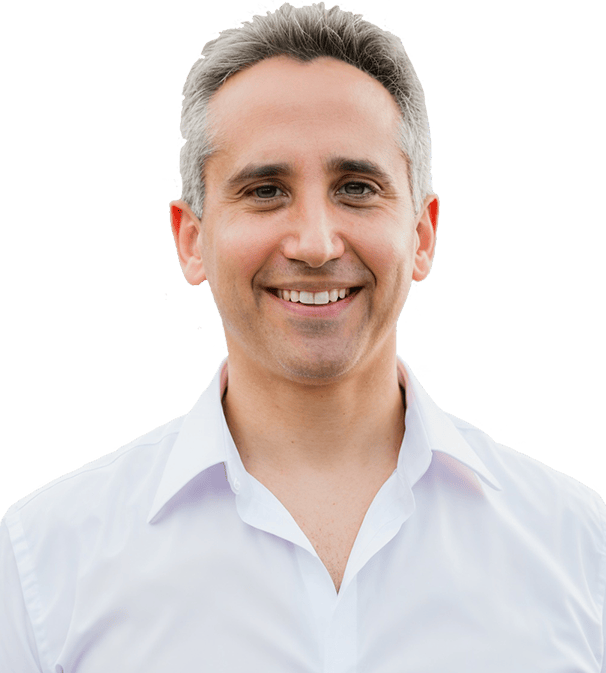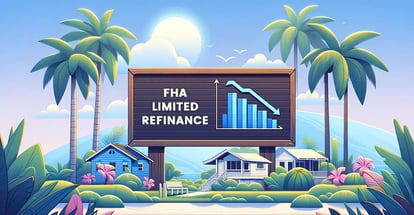How Do Reverse Mortgage Interest Rates Work in Florida?
Reverse mortgage interest rates operate similarly to other types of loans, with a few exceptions that prospective borrowers should comprehend. It's crucial to recognize that this article pertains exclusively to government-backed reverse mortgages, also known as home equity conversion mortgages (HECMs).
Certain reverse mortgage lenders may provide unique mortgage loans that feature distinct interest rate provisions from those described in this article.
What Are Interest Rates?
Lenders charge borrowers a yearly fee for lending them money, known as interest rates. This fee is a percentage of the initial loan amount that the borrower will owe the lender. The amount of interest charged is determined by the borrower's outstanding principal balance.
For a conventional mortgage, interest accumulates monthly. The borrower's monthly payment includes both the accrued interest and a portion of the principal.
As the principal amount decreases, the monthly interest charged also decreases, even though the loan interest rate remains unchanged.
Over time, the borrower gradually pays off the principal, resulting in the loan's conclusion within a specific timeframe. To accomplish this, the borrower pays the agreed-upon amount of interest, in addition to the initially borrowed amount.
How Interest Rates Work in a Reverse Mortgage
Interest on a reverse mortgage accumulates each month, but the amount owed increases over time rather than decreasing. The interest amount goes up as the borrower withdraws more funds, and the interest compounds, leading to an even larger interest amount.
Additionally, there are other fees, such as the mortgage insurance premium (MIP), which also accumulate annually on the reverse mortgage balance.
The loan balance only becomes due at the end of the reverse mortgage term, regardless of how much interest has accrued.
Unlike traditional mortgages with fixed terms, reverse mortgages depend on how long the borrower resides in the property. The term may also terminate if the borrower defaults on the loan.
Typically, a reverse mortgage loan ends when the last borrower on the loan passes away. The borrower's estate then collaborates with the lender to pay off the remaining loan balance.
Types of Rates Applied to Reverse Mortgages
Reverse mortgages come with the option of either a fixed or variable interest rate, each of which affects how much and how the borrower will receive payments. The following explains how each rate works:
-
Fixed rates remain unchanged from the time of loan origination throughout the loan's lifespan.
- Variable rates fluctuate based on a rate index. At present, variable rates for reverse mortgages are based on the one-year constant maturity treasury index (CMT).
Many conventional mortgage borrowers prefer fixed rates since they offer predictability. Although fixed rates are often higher than variable rates when initially offered, they remain constant throughout the loan term, allowing borrowers to know precisely how much and for how long they will pay.
Reverse mortgage borrowers are not obligated to make interest payments until the loan ends. Since most borrowers are uncertain about the loan term, they can't forecast the ultimate interest amount for fixed or variable rate reverse mortgages.
As a result, there is comparable uncertainty about the total interest amount that will ultimately accrue for both fixed and variable rate reverse mortgages.

How Variable and Fixed Rate Reverse Mortgages Differ
The decision to opt for a fixed or variable interest rate on a reverse mortgage has a significant impact on how borrowers can access funds and the amount of funds available over the loan's duration.
Essentially, the interest rate type determines how much money is available to the borrower and how they can receive it.
If a borrower selects a fixed interest rate, they receive a lump sum payment at loan initiation or a set amount of fixed monthly payments throughout the loan's term.
The benefit of this option is the ability to receive a set, predictable amount of funds without fluctuations based on interest rate changes.
However, the fixed rate may be higher than the initial variable rate, reducing the amount available to borrow.
Alternatively, borrowers may choose a variable interest rate. In this case, the borrower can receive a lump sum payment, a line of credit, fixed monthly payments, or a combination of these options.
The borrower's payments may increase or decrease over time based on interest rate changes. Still, they are likely to receive a lower initial rate than a fixed rate, potentially making more funds available to them.
Fixed-Rate Reverse Mortgages
Fixed rate reverse mortgages require borrowers to take the full amount of their authorized funds in a lump sum at closing, and the interest rate remains the same for the life of the loan.
While fixed rates on a Home Equity Conversion Mortgage (HECM) are typically higher than the initial interest rate on a variable rate HECM, borrowers know the exact amount of interest that will accrue each month from the beginning of the loan.
However, fixed rate reverse mortgages are less common than variable rate reverse mortgages for multiple reasons. Borrowers usually choose a fixed rate reverse mortgage for a specific set of circumstances.
For example, if a borrower intends to pay off the loan entirely after a specific length of time, taking the full amount at a fixed interest rate may be advantageous.
This choice allows the borrower access to equity while offering the same benefit that all reverse mortgages have of removing the obligation to make required monthly mortgage payments for the term of the loan.
Additionally, borrowers who plan to stay in their homes for the near term but imagine downsizing down the road or those who are finding high mortgage payments challenging to keep up with may find a fixed rate reverse mortgage beneficial.
How the 60% Utilization Rule Impacts Fixed Rate Reverse Mortgages
It is important to keep in mind that Home Equity Conversion Mortgages (HECMs) have certain regulations that apply to all borrowers.
One such rule is the 60% utilization rule, which is set by the U.S. Department of Housing and Urban Development (HUD). This rule limits the amount of funds a reverse mortgage borrower can receive in the first year to 60% of the principal limit.
Additionally, all reverse mortgage borrowers must fulfill mandatory obligations as part of the closing process. These obligations include paying off any previous mortgages, loan closing costs, and the FHA's upfront mortgage insurance premium.
If a borrower chooses a fixed-rate reverse mortgage, they must take all of the available funds in a lump sum at the time of closing.
As a result, fixed-rate borrowers will receive the higher of two options - 60% of the principal limit minus their mandatory obligations, or the total amount of their mandatory obligations plus 10% of the principal limit.
Due to these limitations, fixed-rate borrowers will typically have access to less equity than variable-rate borrowers.
Variable Rate Reverse Mortgages
While variable rates on reverse mortgages may fluctuate over time, they often start with a lower interest rate compared to fixed rates at the time of closing.
Furthermore, the variable rates on reverse mortgages have a life cap of either 5% or 10%, depending on the specific product the borrower chooses. This cap means that the interest rate will never exceed the percentage of the life cap over the initial rate.
This feature offers borrowers some degree of certainty and protection against unexpected interest rate increases, which is not always available with other variable-rate mortgages.
Variable Rates and Loan Proceeds
An important consideration for reverse mortgage borrowers is the choice between fixed and variable interest rates.
While fixed rates offer a degree of certainty, variable rates have a lower initial rate and come with a life cap of 5% or 10%, depending on the specific product chosen.
Additionally, choosing a variable rate allows borrowers to select how and when they receive loan proceeds. These options include a lump sum, monthly payments, a line of credit, or a combination of these.
However, the 60% utilization rule still applies to the lump sum option, meaning borrowers can only take 60% of the principal limit minus any mandatory obligations.
If borrowers choose a line of credit, they can keep their available funds as a credit line, and interest only accrues on the funds they withdraw. Similarly, if they choose monthly payments, interest only accrues on the dispersed funds.
It is important to note that interest will begin to accrue on any funds added to the principal, including cash-out funds used to pay mandatory obligations, upfront and annual mortgage insurance premiums.
Regardless of the rate chosen, reverse mortgage borrowers will no longer have to make monthly mortgage payments, which can provide improved cash flow for those with limited budgets. However, they are still responsible for paying insurance, property taxes, and other home-related expenses.
Keeping Track of Reverse Mortgage Interest
Reverse mortgage borrowers may be concerned about their loan balance growing beyond the value of their home due to the accrual of interest and fees.
To mitigate this concern, it's helpful to understand the two types of interest rates associated with variable rate reverse mortgages - the expected rate and the initial rate.
The expected rate is a ten-year average that is used to calculate how much money the borrower can access from their home.
On the other hand, the initial rate is set at closing and changes over time, as outlined in the note. This rate is the actual note rate that accrues over time.
Borrowers can keep track of their loan balance by reviewing their monthly mortgage statements. It's important to monitor the principal, fees, and interest that have accrued over time to avoid any surprises.
By understanding the expected and initial rates and keeping track of their loan balance, borrowers can better manage their reverse mortgage and avoid any unexpected outcomes.
Borrowers who worry that the interest accruing on their reverse mortgage will eventually surpass their home's value can take comfort in knowing that Home Equity Conversion Mortgages are non-recourse loans, backed by the federal government.
This guarantee ensures that if the loan balance exceeds the home's value when it comes due, the borrower or their heirs will not be liable to the lender for more than the home's current value at the time of sale, which is used to pay off the loan.
Bottom Line
A reverse mortgage can be a valuable financial tool for older homeowners who want to access their home equity without selling their property.
While there are different types of reverse mortgages, fixed-rate and variable-rate, borrowers must fulfill mandatory obligations at closing, and all HECMs are subject to a 60% utilization rule.
Borrowers who choose a variable rate have more flexibility in how they receive their loan proceeds, and interest only accrues on funds withdrawn.
Importantly, all reverse mortgages are non-recourse loans guaranteed by the federal government, which provides peace of mind to borrowers who fear that the loan balance will exceed the home’s value.
Ultimately, homeowners who are considering a reverse mortgage should carefully evaluate their options, consult with a trusted financial advisor, and make an informed decision based on their unique needs and circumstances.
If you're considering a reverse mortgage as an option for financial stability, it's important to weigh the pros and cons of the different types available. MakeFloridaYourHome is here to help you make an informed decision.
Contact us today to learn more and take the first step towards a financially secure retirement.
With over 50 years of mortgage industry experience, we are here to help you achieve the American dream of owning a home. We strive to provide the best education before, during, and after you buy a home. Our advice is based on experience with Phil Ganz and Team closing over One billion dollars and helping countless families.

About Author - Phil Ganz
Phil Ganz has over 20+ years of experience in the residential financing space. With over a billion dollars of funded loans, Phil helps homebuyers configure the perfect mortgage plan. Whether it's your first home, a complex multiple-property purchase, or anything in between, Phil has the experience to help you achieve your goals.


 By
By  Edited by
Edited by 






